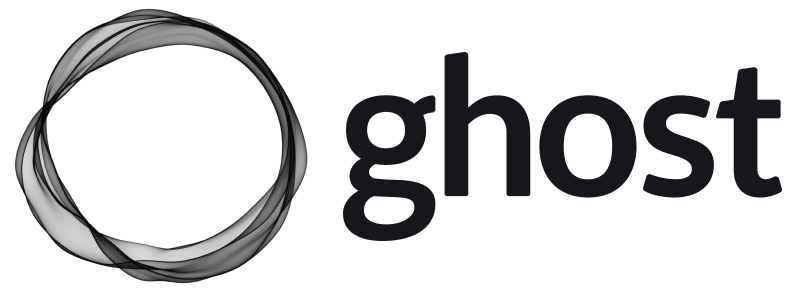At our annual company retreat, we usually run a hackathon for our dev team. But this year (at our virtual retreat), we decided to expand the hackathon framework to the entire company. We took the basic premise of the hackathon — deep work on a single project — and used it to accelerate our progress toward company priorities. The entire company was split into teams that dedicated their full brain power to projects that feed our company-wide goals. The results were powerful.
To do a hackathon outside of a software development team takes a little planning, but the basic premise is the same. People get together and do concentrated work on a single topic or project to make more progress than they would when distracted by their everyday workload.
To make this work, we broke the company into departmental and interdepartmental teams. Each of the teams would take on a single, ambitious project over the course of the day with the goal of completing as much work as possible on the project in the limited amount of time we had. Here’s how we accomplished that:
1. Plan plan plan: structure for work and for fun
We set aside one day of our 3-day virtual retreat for a full-day hack. The following day, we combined a half-day hack in the morning with a half day of presentations and social events.
For the two working days of the hackathon, we planned events that support our company: project work time, presentations on the projects, and culture events.

2. Provide the mental space to work
A hackathon requires intense work without distractions. We made participation in the hackathon mandatory and gave clients and outside stakeholders plenty of notice that we would be largely unavailable during those days. In addition to turning on email away messages, we asked customer-facing employees to inform their accounts ahead of time that they would be slow to respond during the hackathon.
Then we sent out company-wide calendar invitations to reserve the time on our employees’ calendars. We built in blocks of uninterrupted time for teams to work, but made sure to schedule breaks and recreational activities to break up the day. All of this planning allowed us to point the employees in the right direction and get out of their way.

3. Work on high-priority projects that impact the whole company
To decide on the projects for each team, the executive leadership team identified the projects that would make the most impact across the company. They then defined the outcomes that they needed from the hackathon based on company goals and existing company-wide priorities. Some examples of projects we worked on included replacing manual workloads with automated processes and documenting updated customer profiles and buying cycles.
The projects we chose to work on needed to meet two criteria:
- They were large projects that would take significant resources to complete
- The completed project would make an impact on the speed of overall work or the completion of company priorities.
4. Tap emerging leaders
One of the ways that we invest in our internal leadership resources is by giving emerging leaders the chance to show their skills through projects that raise their visibility in the company. We asked managers to choose emerging leaders — those new people managers or individual contributors that show management promise — from their teams to facilitate their portion of the hackathon. These leaders were in charge of rolling the plan out to their peers, facilitating the sessions, and presenting the findings to the company at large.
This gave us the chance to support emerging leaders, having them take a more visible role in the company at large. The managers then held a couple of alignment sessions in the week prior to ensure the emerging leaders were prepared and had a detailed plan for facilitating the project. Having emerging leaders run the sessions and present the outcomes added a needed component of employee growth that also aligns well with our values.






